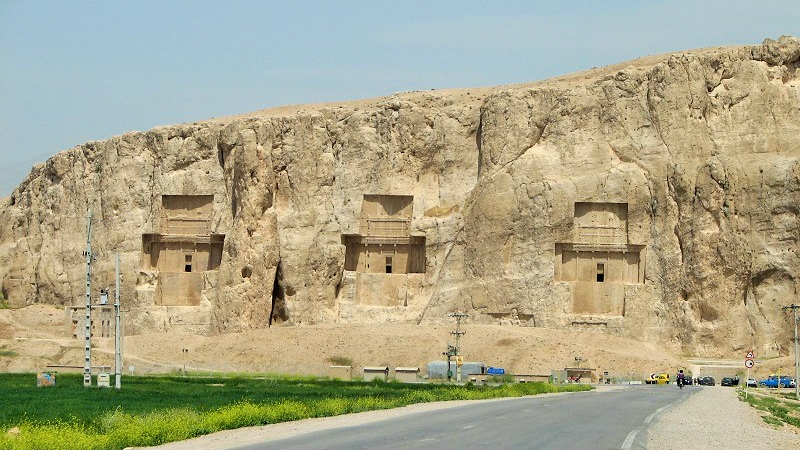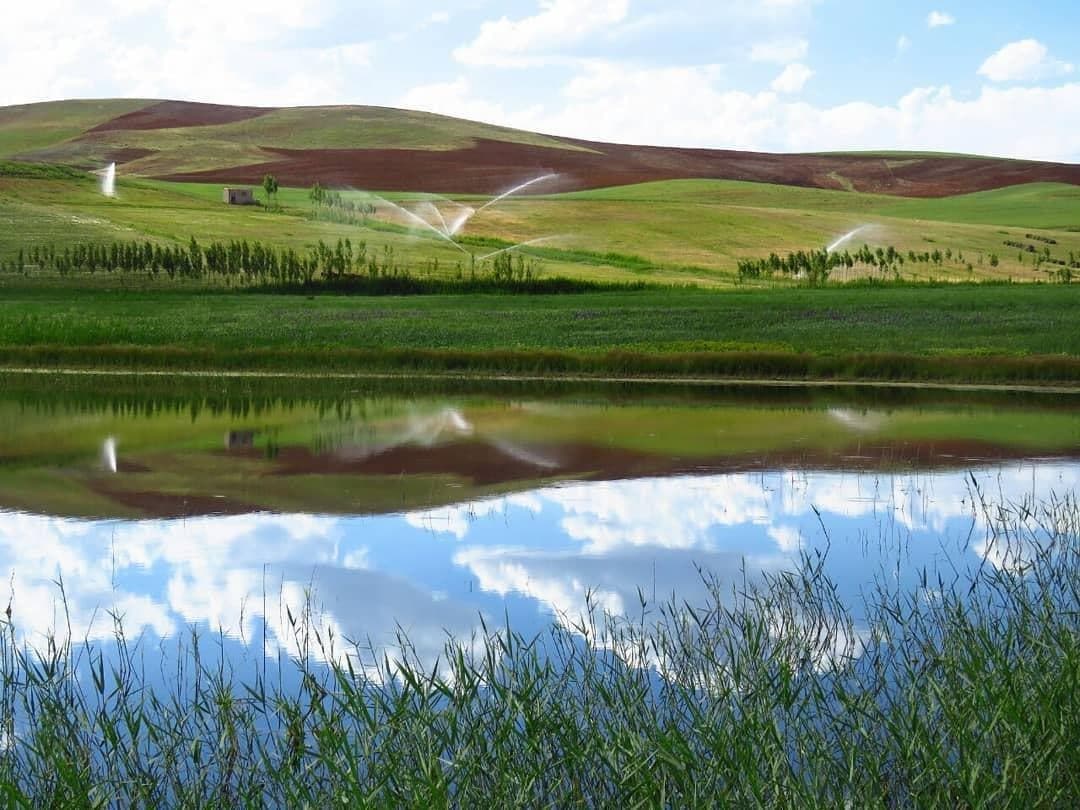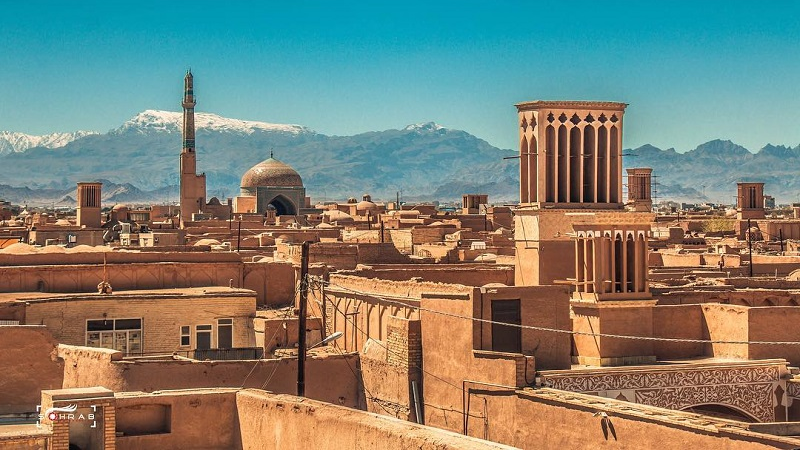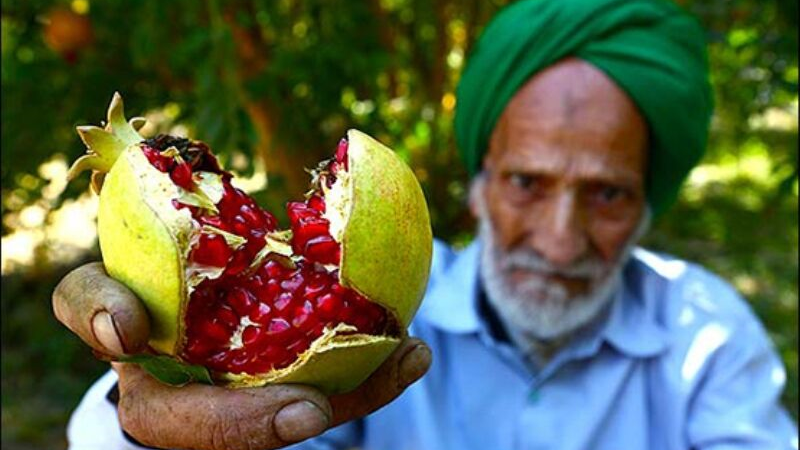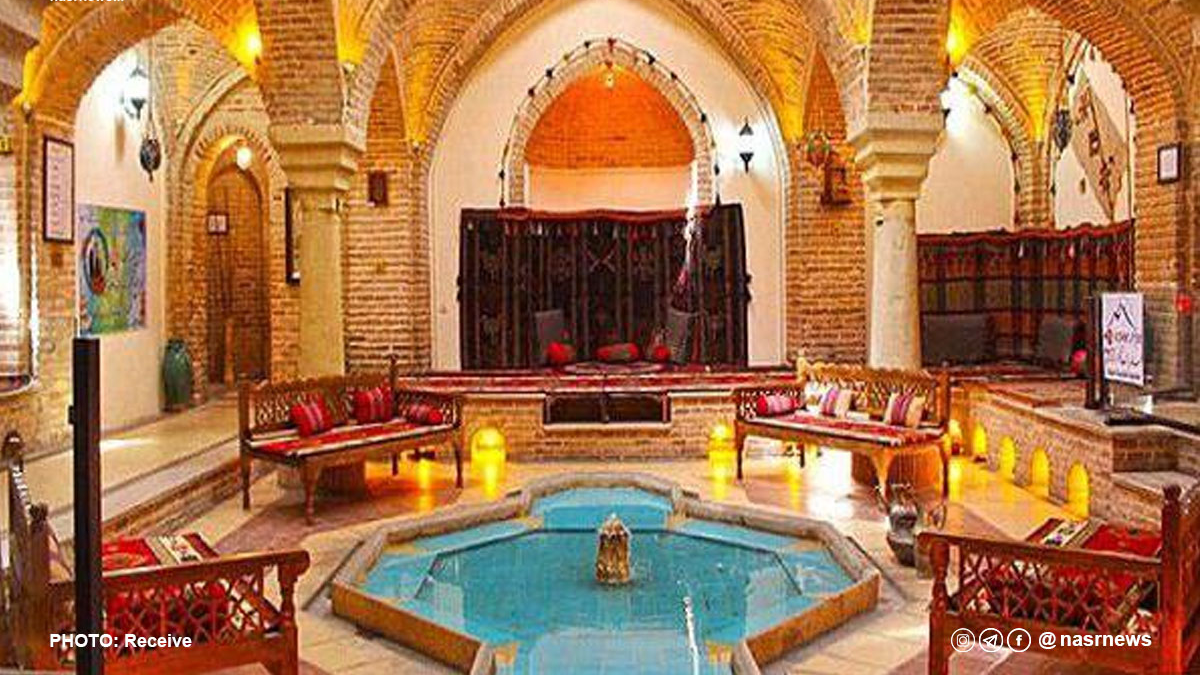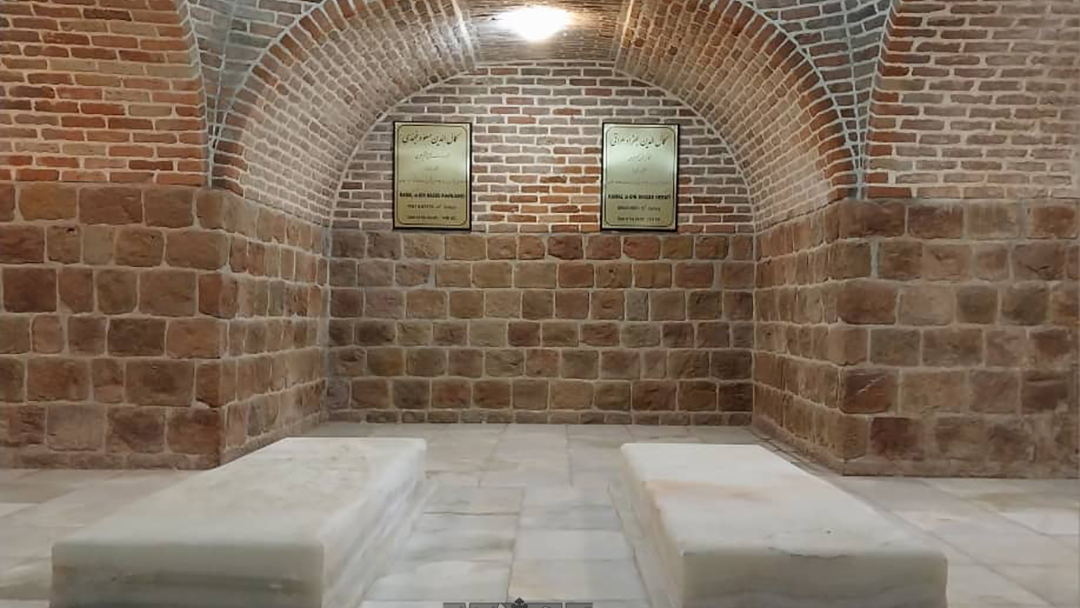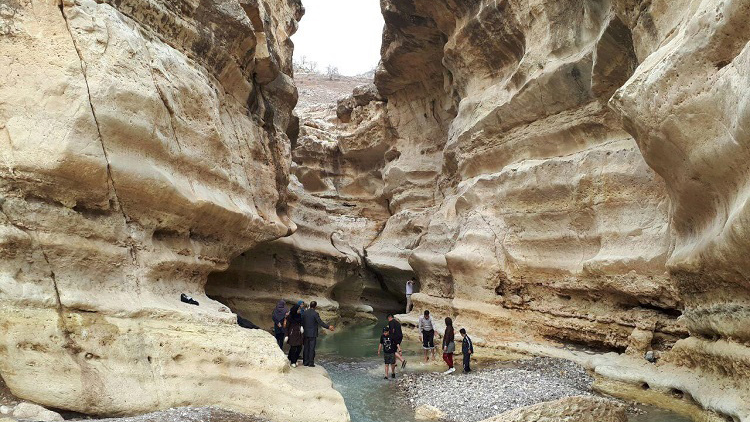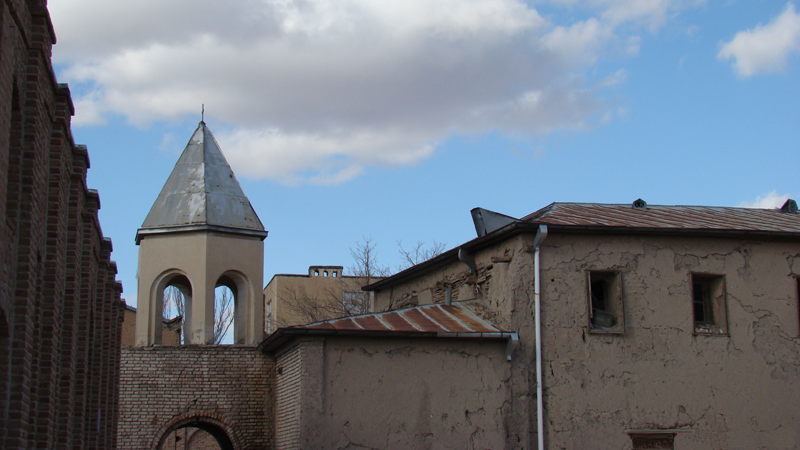
Stone Mosque of Tark
In terms of structure and materials used, Stone Mosque of Tark is one of the most beautiful and spectacular mosques in East Azarbaijan Province of Iran. The construction style of this mosque is such that some experts have described it as one of the buildings that display the glory of Islamic civilization when it was at its peak.
Where Is the Stone Mosque of Tark Located?
This mosque is located in the city of the same name in Kandovan district of Mianeh County, which is the easternmost city of East Azarbaijan and based on the artifacts found in the region and the Assyrian and Urartian inscriptions, its history dates back to 720 BC. Mianeh is the largest county in the northwestern region of Iran and covers an area of 5919 square kilometers. Located between two mountain ranges of Bozghush and Qaflanti, Mianeh stands at an altitude of 1100 meters above sea level and with an average annual rainfall of 320 mm is a suitable place for horticulture.
Tark City is 25 km away from the city of Mianeh, the center of the Mianeh County, and it is located in a vast plain. The climate of this city is cold and dry, and its temperature varies between 35 and minus 18 degrees Celsius throughout the year. The rich pastures around this city have made animal husbandry very prosperous. The oldest historical document in which the name Tark has been mentioned is a book written in the year 1077 AD (469 AH).
History of the Stone Mosque of Tark
Usually, an inscription was installed in Islamic mosques to indicate the year of construction and the name of its founder/s, but there is no such inscription in this mosque and, therefore, the exact date of its construction cannot be guessed. However, experts attribute the construction of the mosque to the Ilkhanate era (13th and 14th centuries AD), although there are some experts who believe that the construction of the mosque dates back to earlier periods. According to them, the Stone Mosque of Tark was built in the first century AH (7th and 8th centuries AD).
Some inscriptions and carvings written in Nastaliq script can be seen in the mosque on which the date 1016 AH (1607 AD) can be recognized, which is related to the reign of the Safavid king, Shah Abbas I, when the mosque was probably renovated.
Architecture and Features of the Mosque
The mosque has 10 different sections. The main courtyard of the mosque has two entrances. There used to be a minaret in this part of the mosque, which was destroyed by an earthquake on March 22, 1879 AD, which occurred with an approximate magnitude of 6.7 Richter and destroyed many parts of Tark City. The upper floor of the mosque was also destroyed in this incident. There is an inscription in the mosque indicating that after this earthquake, a person named “Haj Abbas Tarki” restored the mosque in 1803 AD. Several small and large renovations have also taken place in this mosque, one of the most important of which was in the year 1984.
The main nave (shabestan) of the mosque is rectangular with approximate dimensions of 18 x 5 meters. There is a large dome over the space near the meharb (niche) and 12 smaller domes are located on its carved columns. The columns of the mosque are made of one piece stones. These stone columns, which are reddish in color, have made the mosque look indescribably glorious.
The nave has a niche that is decorated with simple muqarans work. The niche, too, is carved from a single piece stone and, in this sense, is of great artistic and historical value. Two smaller niches can be seen on both sides of the main niche, which were probably made as decorations and were not used in congregational prayers. The use of bricks in the construction of some parts of the mosque strengthens the theory that the main and stone part of the mosque is of older longevity.
There is a grave in a chamber located in the southeast part of shabestan, which is probably that of the founder of the mosque, whose name has been mentioned as “Khwaja Kavus Tarki” in some texts.
Stone Mosque of Tark was inscribed on the list of Iran’s national heritage in the year 1989.
The Stone Mosque of Tark is located in the city of the same name in Kandovan district of Mianeh County, which is the easternmost city of East Azarbaijan and based on the artifacts found in the region and the Assyrian and Urartian inscriptions, its history dates back to 720 BC.
| Name | Stone Mosque of Tark |
| Country | Iran |
| State | East Azerbaijan |
| City | Tark |
| Type | Religious |
| Registration | National |

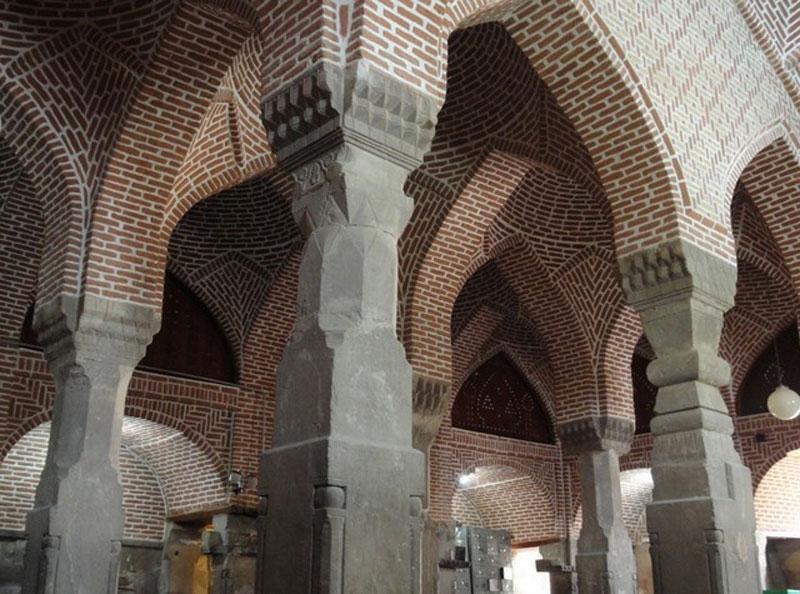
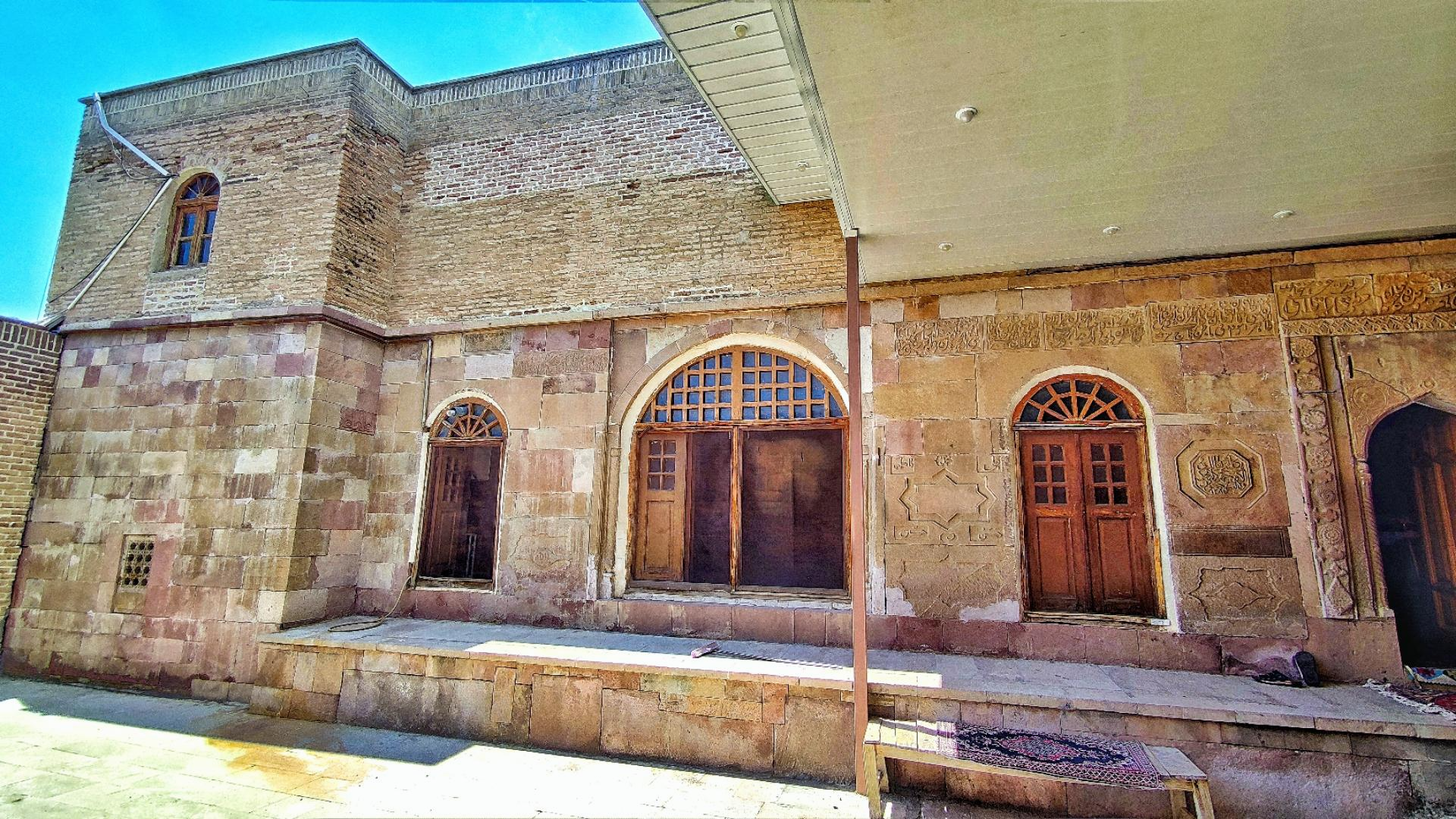
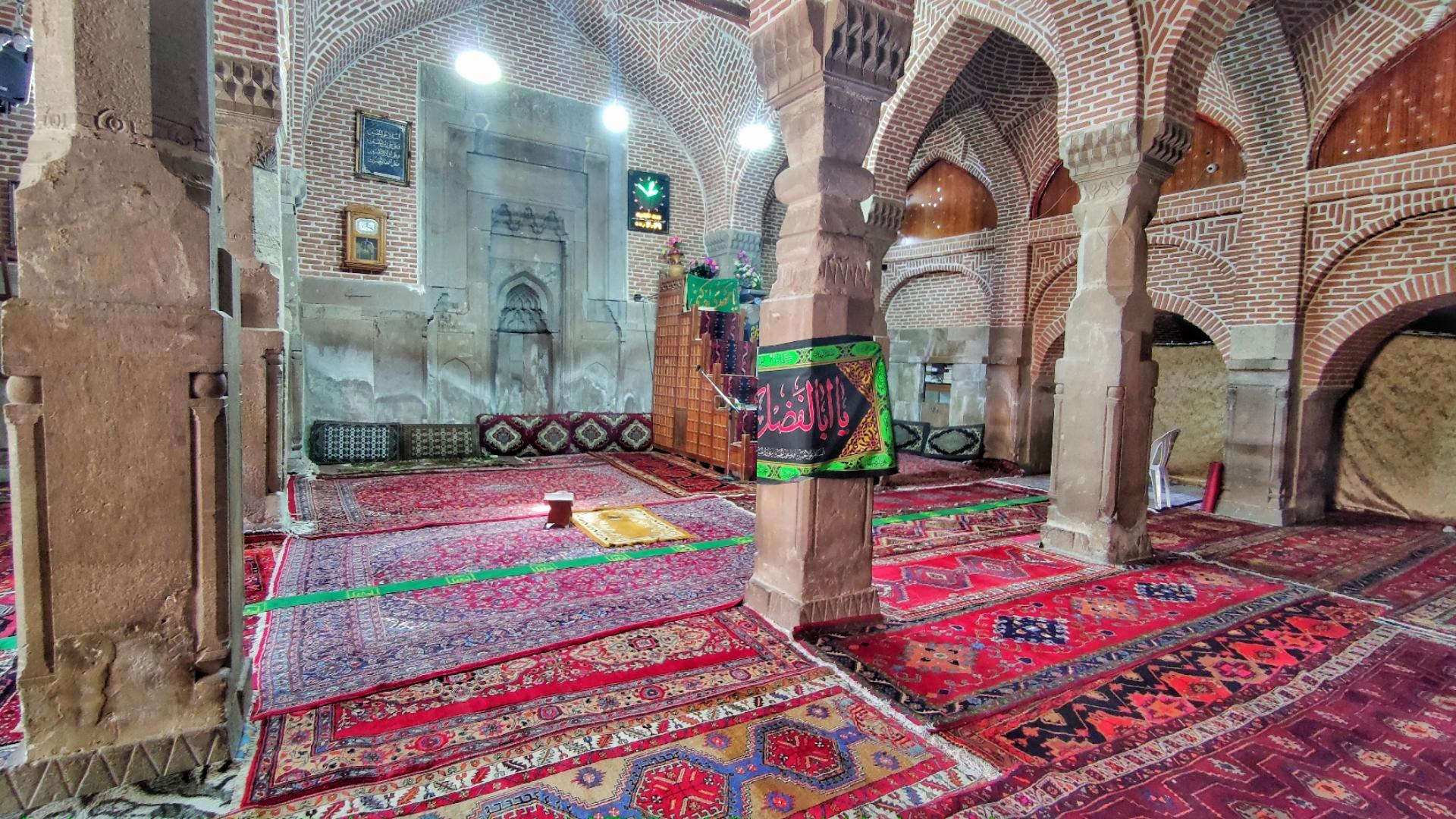
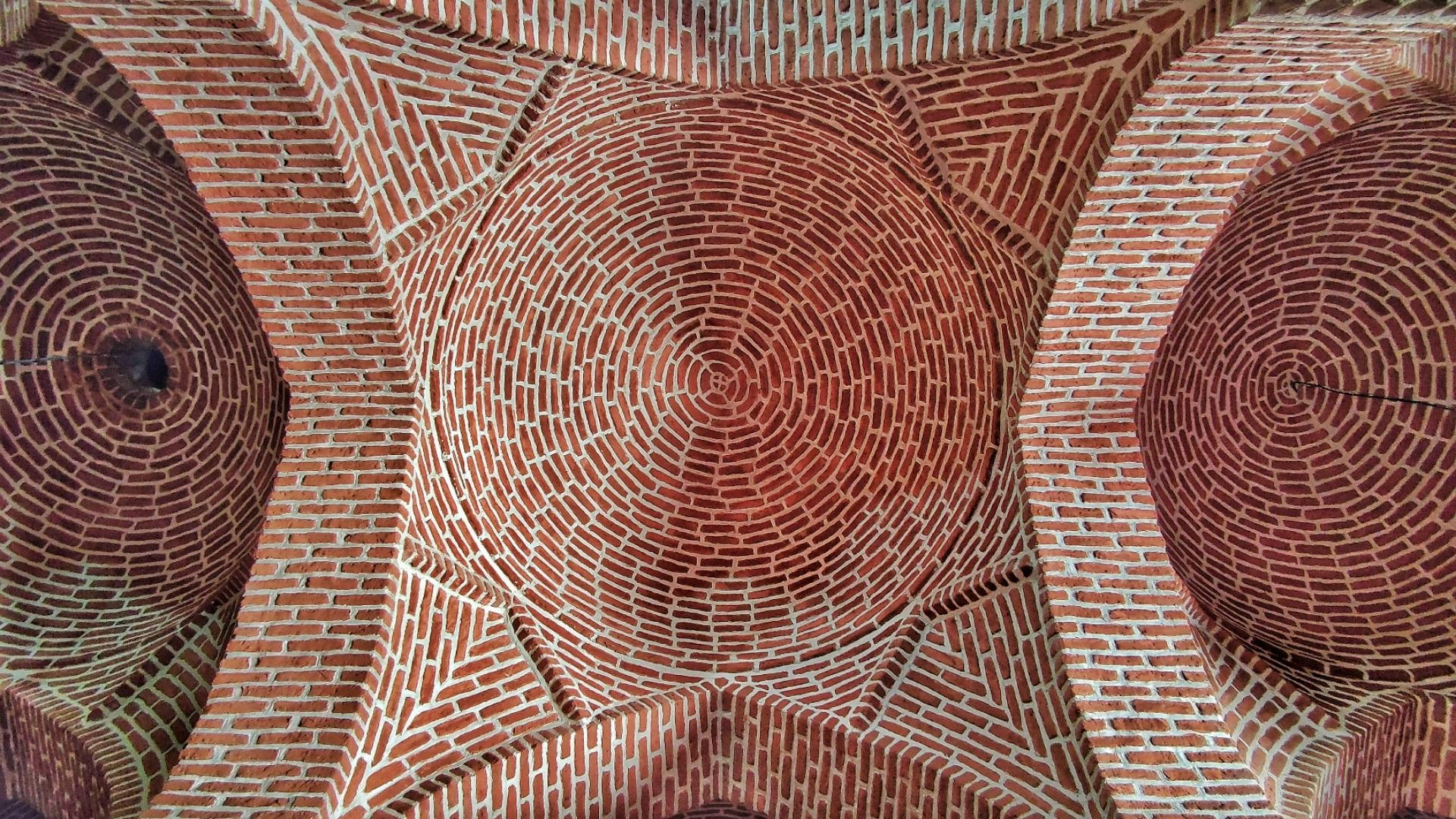
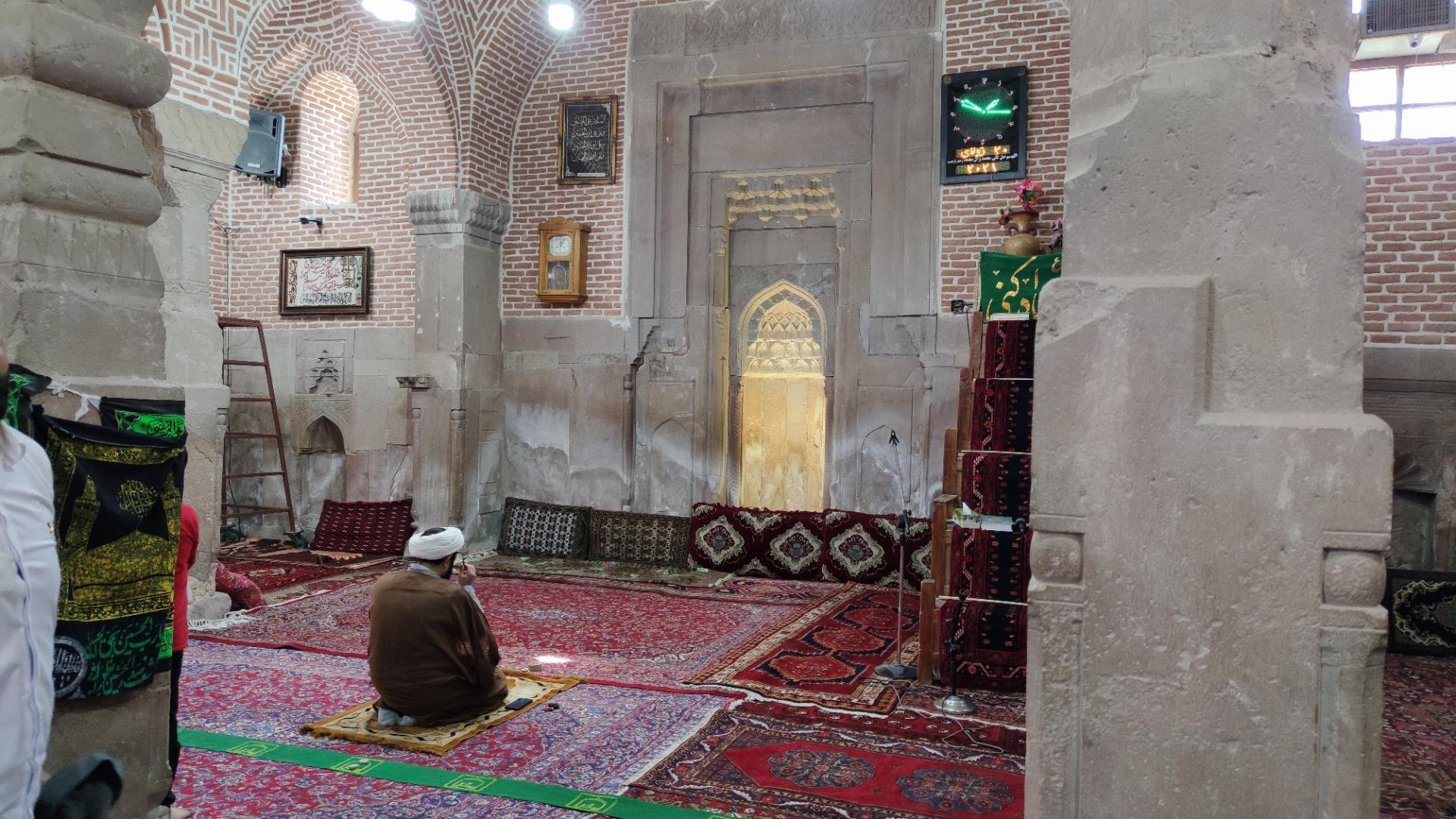






Choose blindless
Red blindless Green blindless Blue blindless Red hard to see Green hard to see Blue hard to see Monochrome Special MonochromeFont size change:
Change word spacing:
Change line height:
Change mouse type:
.jpeg)


